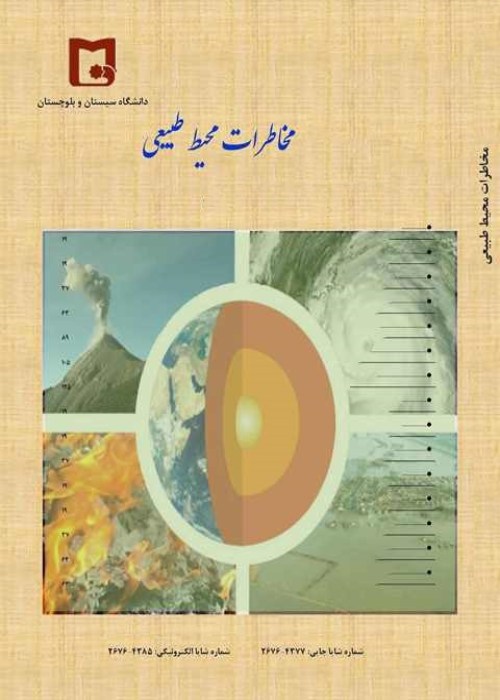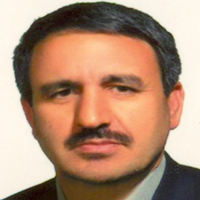Evaluation of the Role of Tectonic Structures in the Stratigraphy and Plio-Quaternary Eruptions of Sahand Volcano (East Azarbaijan Province)
The study of tectonic structures of volcanic areas is very effective in controlling the hazards caused by their reactivation. In this study, while introducing the different types of Sahand volcanic products and how they are deposited in the areas around the volcano, stratigraphy, lithology and how these deposits are deposited in different Sahand valleys using field and laboratory studies are discussed. According to field evidence, the Sahand volcanic complex is formed in a continental environment with shallow and calm local lakes with an area of 7200 square kilometers with a maximum altitude of 3595 meters above sea level in northwestern Iran between Tabriz and Maragheh. The activity of this volcanic mass began in the mid-Miocene and continues until the late Pleistocene. The study area is located in the West Alborz-Azerbaijan zone and is an important part of the Arab-Eurasian plate collision area. After the closure of Neotetis in the late Cretaceous and the continuation of plate convergence and its intensification in the Pliocene, significant shortening, thickening and elevation occurred in the crust of northwestern Iran and eastern Turkey, and at the same time, extensive Plio-Quaternary volcanic activity formed. Due to uplift, numerous fractures and faults occurred in the area between the broken areas and due to the dominance of tensile forces and movement along the faults, especially the faults along with the slip and stretched basins, the intersection of faults, and fold axes. Estimated values of quality coefficient in the study area show that most of the areas in the study area are active areas in terms of tectonic location and tectonic seismicity. According to the results obtained in this study, the Sahand volcano and its surrounding regions are characterized by relatively low and a high gradient of can be observed in the region. The relationship between quality coefficient for North Tabriz fault and surrounding areas including Sahand volcano Qc = 49.00 ƒ 132 is estimated to have a much greater reduction than other areas, which indicates high heterogeneity and high meat heat flow in the active and seismic zone of the northern Tabriz fault and the surrounding areas.
Quality factor , Tectonics , Sahand , Quaternary , Hazards
- حق عضویت دریافتی صرف حمایت از نشریات عضو و نگهداری، تکمیل و توسعه مگیران میشود.
- پرداخت حق اشتراک و دانلود مقالات اجازه بازنشر آن در سایر رسانههای چاپی و دیجیتال را به کاربر نمیدهد.




